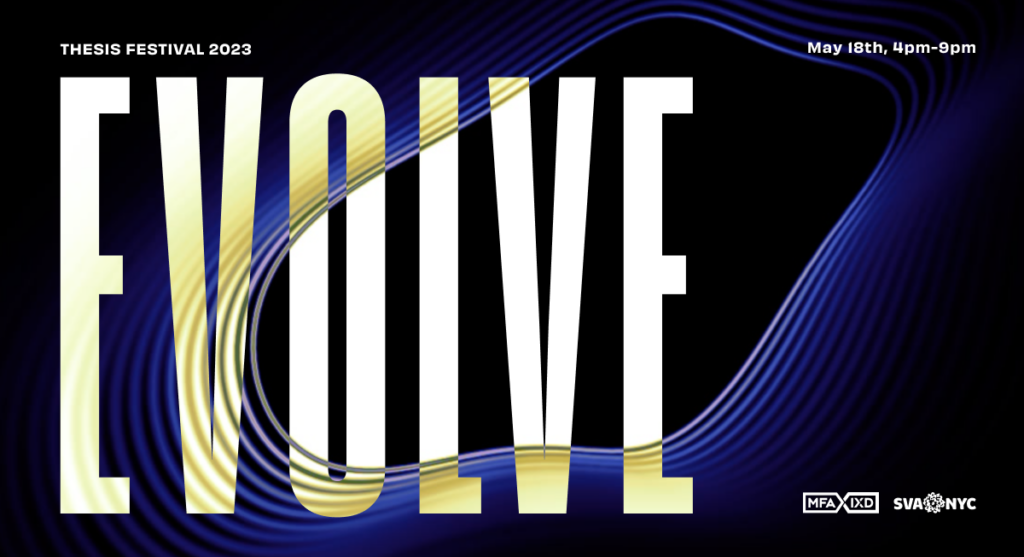
Faculty member Robert Fabricant, along with design experts Ravi Sawhney of RKS Design, Mark Dziersk of Brandimage-Desgrippes/Laga, and Ken Carbone of Carbone Smolan Agency participated in a Design Roundtable at Fast Company on the impact and future of cellphones. Below is an excerpt of Fabricant’s responses.
How have cellphones changed our behavior — and were they designed with that in mind?
The Apple app store marks a profound change in our experience of mobile technologies. We are finally moving past the core design problem of making the basic capabilities of mobile devices work. And considering, instead, all of the experiences that mobility and connectivity can enable in areas like health, education and entertainment. We are moving from designing the experience OF mobile devices to designing the experience WITH mobile devices.
At frog we have spent the last 10-15 years conceiving of different models for the types of experiences mobility will enable. For the first time we have the opportunity to make them real at relatively low cost through the app store. To see if they work in time and space. To see if they make sense in the palm of your hand, in specific situations. We are literally mining a decade or more of concepts that were impossible to get to market in the past. With the iPhone, it’s not just possible to get them ON a device. But they can TAKE OVER the device – Apple was even nice enough to put their logo on the back, out of the way.
It is remarkable to me how it has taken the iPhone to create this momentum in the US market. To get people to engage with mobile experiences outside of basic communication. When I travel outside the USA, particularly in the developing world, the engagement with mobile devices is so much higher. Mobile minutes are quickly becoming the most liquid currency in africa and other emerging markets. Even in very remote regions, you see people using their devices to transact and fullfill a broader range of needs than we see here in the USA. And that is with the most basic Nokia phone. Forget multi-touch.
What will cellphones look like or do, 10 years from now?
In 10 year the phone wont matter at all. We will have moved from a phone-based network to an account based network in which I can access all of my communications data from the cloud, from any phone or devices that is convenient. The tight coupling of my information to specific piece of hardware will be eliminated. Just like email has nothing to do with my PC anymore.
This is not just the future for those of us in developed markets with access to corporate IT support and MobileMe. This is the future for the masses. There is a desperate need for broad-based access in developing markets that doesn’t require the ownership of a dedicated personal device. For services that allow someone to access their contacts, messaging and credit from any device, whether the phone belongs to their uncle or is a community phone. People will have multiple accounts. Employers will enable accounts as will local health workers so that people can access sensitive information related to HIV or TB without having to compromise the confidentiality of this information on a shared device. This revolution is starting right now with companies like MoVirtu.


